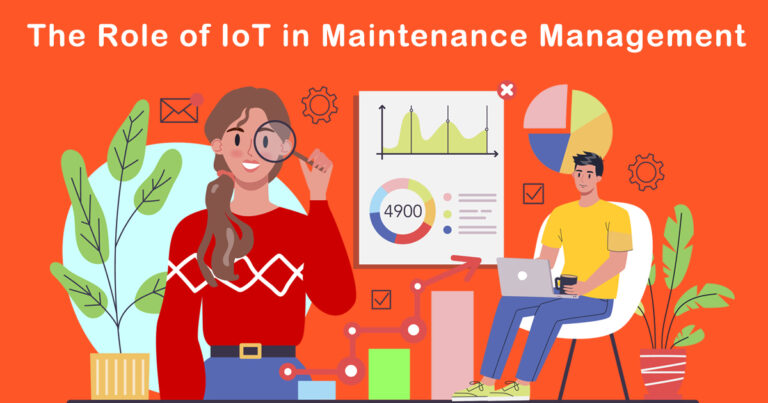Introduction
Enterprise Asset Management (EAM) refers to the management of an organization’s physical assets to improve efficiency and reduce costs. Traditionally, EAM has been a manual process, relying on paper-based systems and spreadsheets. However, with the advent of Artificial Intelligence (AI) and Machine Learning (ML), EAM is becoming more efficient and effective. In this blog, we will explore the benefits of using AI and ML in EAM, particularly in the Indian context.
1. Predictive Maintenance:
One of the significant benefits of AI and ML in EAM is predictive maintenance. Predictive maintenance uses data to predict when equipment will fail, allowing maintenance teams to schedule maintenance activities before a breakdown occurs. This approach can save organizations money by reducing downtime and avoiding costly repairs.
According to a report by McKinsey, predictive maintenance can reduce maintenance costs by up to 30%, reduce unplanned downtime by up to 45%, and increase equipment uptime by up to 10%. In India, where downtime can be particularly costly due to production delays and missed deadlines, predictive maintenance can have a significant impact on the bottom line.
2. Improved Asset Performance:
Another benefit of AI and ML in EAM is improved asset performance. By analyzing data from sensors and other sources, AI and ML can identify patterns and trends in asset performance, allowing organizations to optimize maintenance schedules and improve asset reliability.
A study by the World Economic Forum found that predictive maintenance can increase asset performance by up to 20%, reduce maintenance costs by up to 10%, and extend the life of assets by up to 20%. In India, where asset-intensive industries such as manufacturing and logistics are critical to the economy, improving asset performance can have a significant impact on competitiveness.
3. Cost Savings:
AI and ML can also help organizations save costs in EAM by reducing manual labor and improving operational efficiency. By automating routine tasks such as data entry and scheduling, organizations can free up resources to focus on more critical tasks, such as analysis and decision-making.
A study by Deloitte found that AI and ML can reduce operating costs by up to 25%, reduce asset downtime by up to 50%, and improve labor productivity by up to 40%. In India, where labor costs can be a significant expense, automating routine tasks can have a significant impact on the bottom line.
4. Improved Safety:
AI and ML can also improve safety in EAM by identifying potential hazards and predicting equipment failures before they occur. By using AI and ML to monitor equipment and identify potential safety issues, organizations can proactively address these issues before they cause harm to employees or damage to equipment.
A study by the National Safety Council found that predictive maintenance can reduce workplace injuries by up to 20%, reduce the number of safety incidents by up to 10%, and reduce the cost of workplace injuries by up to 15%. In India, where workplace safety is a growing concern, using AI and ML to improve safety in EAM can have a significant impact on employee well-being and organizational reputation.
Conclusion:
In conclusion, AI and ML are transforming the way organizations manage their physical assets in EAM. By providing predictive maintenance, improving asset performance, reducing costs, and improving safety, AI and ML are enabling organizations to be more efficient, effective, and competitive. In the Indian context, where asset-intensive industries are critical to the economy, using AI and ML in EAM can have a significant impact on the bottom line and the well-being of employees. As such, organizations that embrace AI and ML in EAM are likely to see significant benefits in the years ahead.








